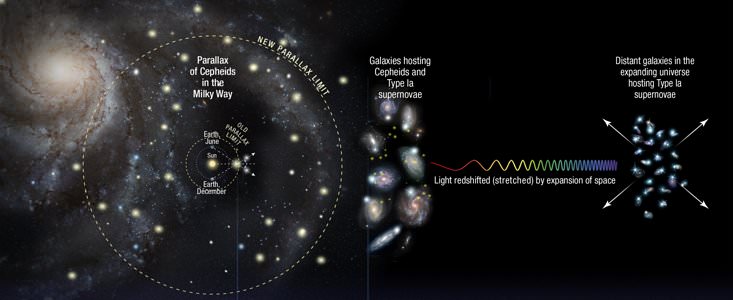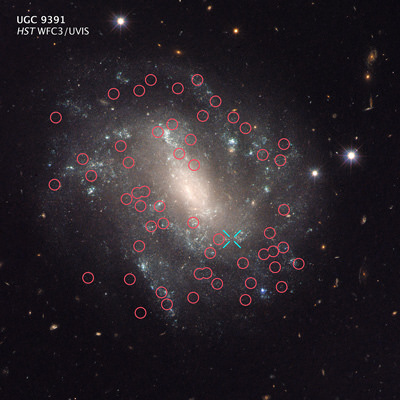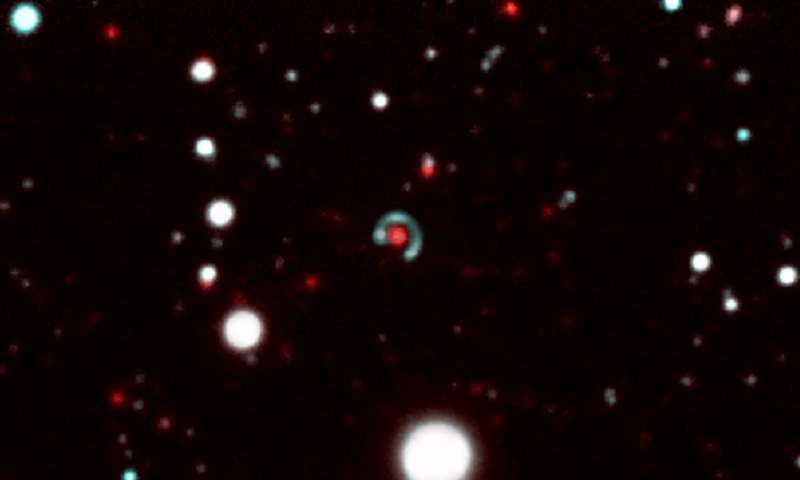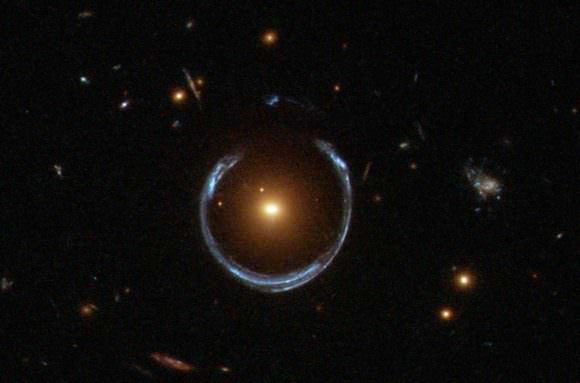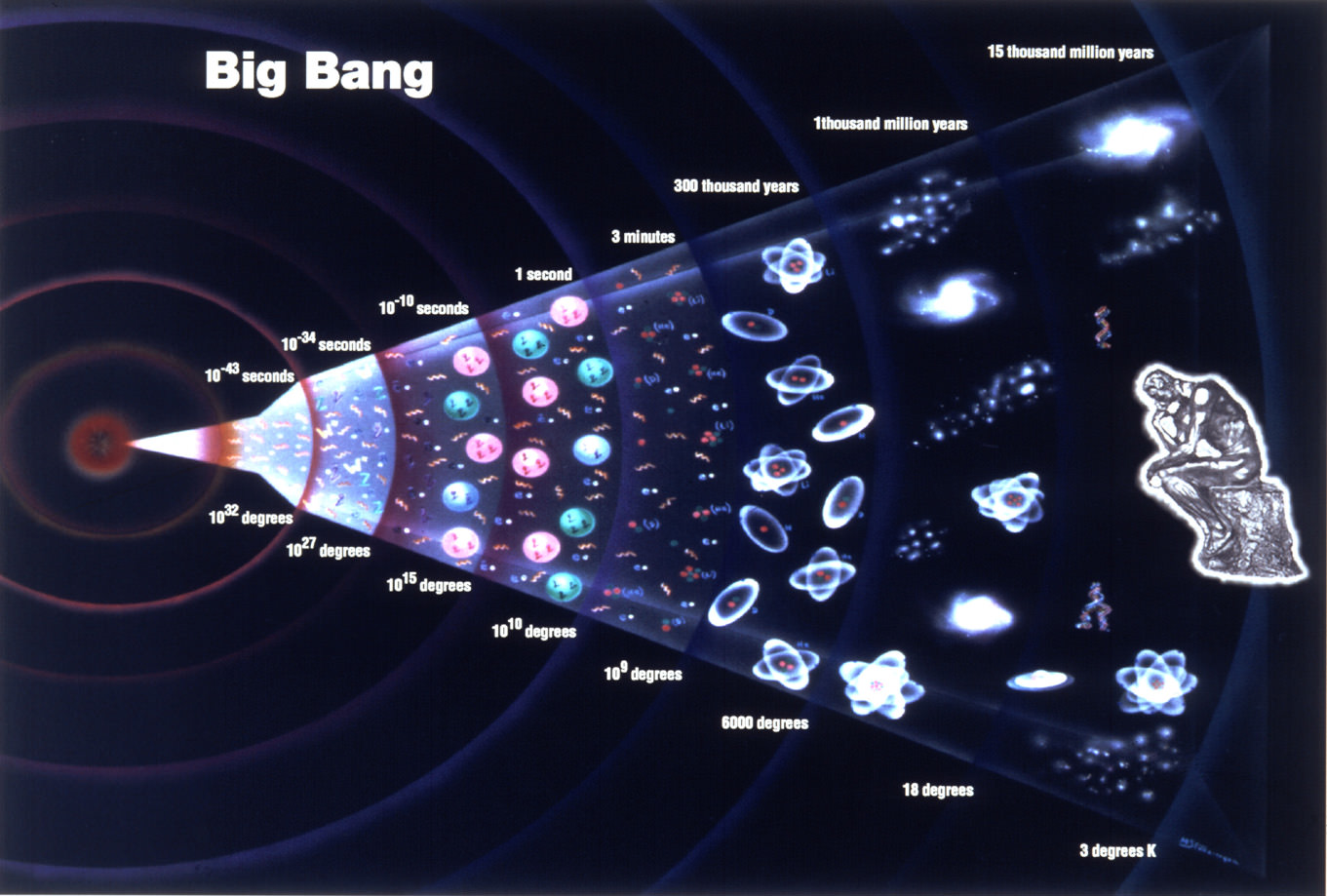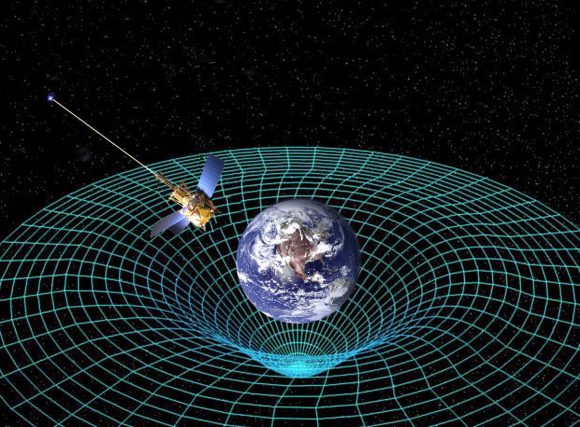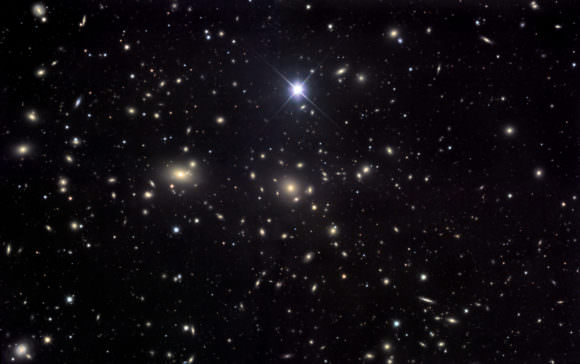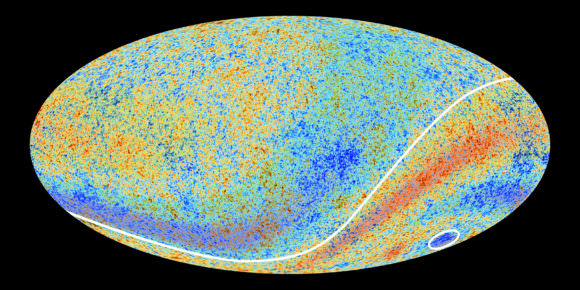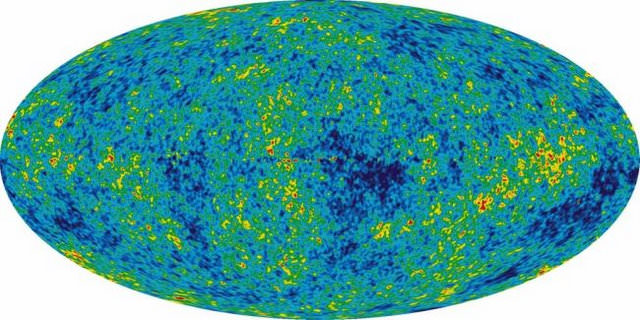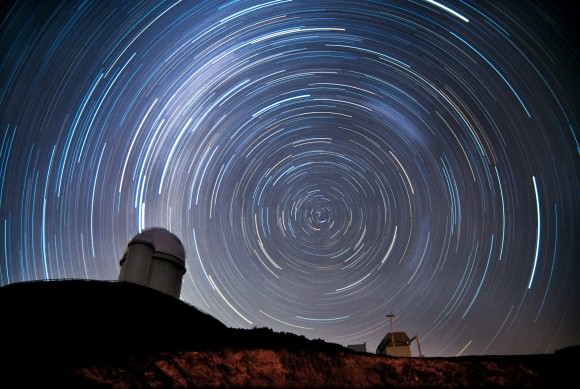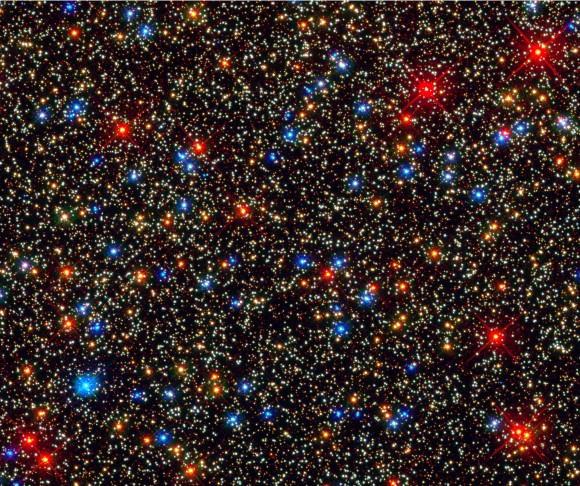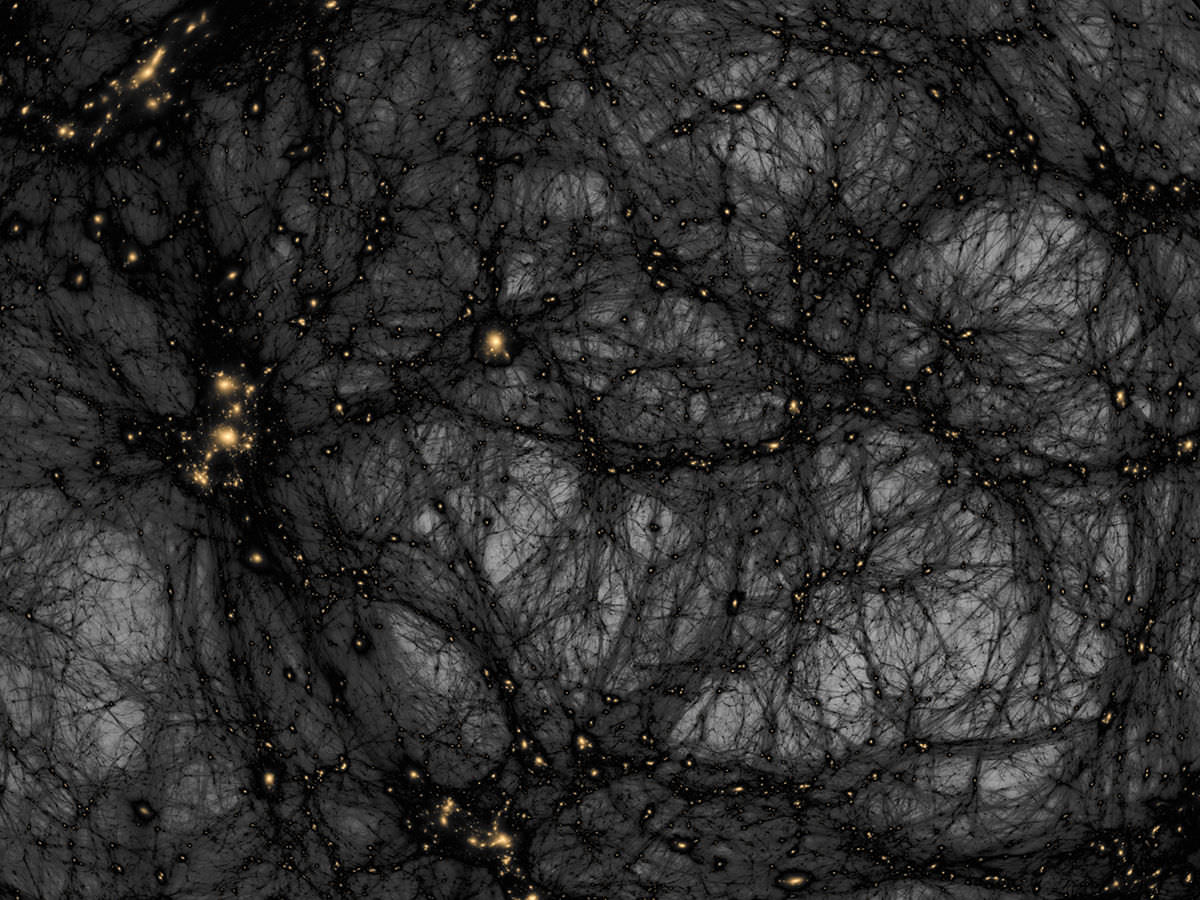Back in 1997, a team of leading scientists and cosmologists came together to establish the COSMOS supercomputing center at Cambridge University. Under the auspices of famed physicist Stephen Hawking, this facility and its supercomputer are dedicated to the research of cosmology, astrophysics and particle physics – ultimately, for the purpose of unlocking the deeper mysteries of the Universe.
Yesterday, in what was themed as a “tribute to Stephen Hawking”, the COSMOS center announced that it will be embarking on what is perhaps the boldest experiment in cosmological mapping. Essentially, they intend to create the most detailed 3D map of the early universe to date, plotting the position of billions of cosmic structures including supernovas, black holes, and galaxies.
This map will be created using the facility’s supercomputer, located in Cambridge’s Department of Applied Mathematics and Theoretical Physics. Currently, it is the largest shared-memory computer in Europe, boasting 1,856 Intel Xeon E5 processor cores, 31 Intel Many Integrated Core (MIC) co-processors, and 14.5 terabytes of globally shared memory.
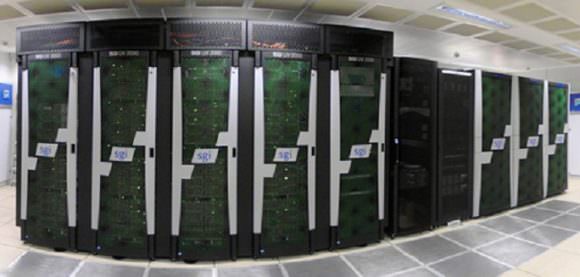
The 3D will also rely on data obtained by two previous surveys – the ESA’s Planck satellite and the Dark Energy Survey. From the former, the COSMOS team will use the detailed images of the Cosmic Microwave Background (CMB) – the radiation leftover by the Big Ban – that were released in 2013. These images of the oldest light in the cosmos allowed physicists to refine their estimates for the age of the Universe (13.82 billion years) and its rate of expansion.
This information will be combined with data from the Dark Energy Survey which shows the expansion of the Universe over the course of the last 10 billion years. From all of this, the COSMOS team will compare the early distribution of matter in the Universe with its subsequent expansion to see how the two link up.
While cosmological simulations that looked at the evolution and large-scale structure of the Universe have been performed in the past – such as the Evolution and Assembly of GaLaxies and their Environments (EAGLE) project and the survey performed by the Institute for the Physics and Mathematics of the Universe at Tokyo University – this will be the first time where scientists compare data the early Universe to its evolution since.
The project is also expected to receive a boost from the deployment of the ESA’s Euclid probe, which is scheduled for launch in 2020. This mission will measure the shapes and redshifts of galaxies (looking 10 billion years into the past), thereby helping scientists to understand the geometry of the “dark Universe” – i.e. how dark matter and dark energy influence it as a whole.
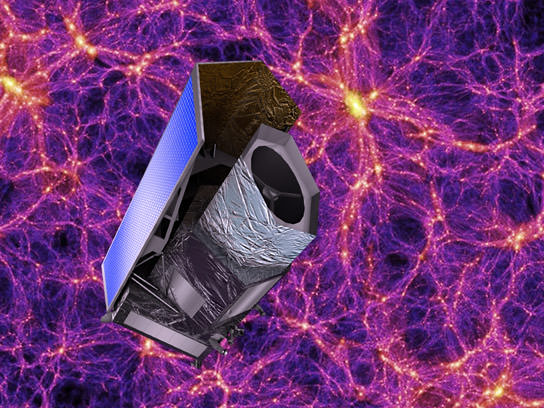
The plans for the COSMOS center’s 3D map are will be unveiled at the Starmus science conference, which will be taking place from July 2nd to 27th, 2016, in Tenerife – the largest of the Canary Islands, located off the coast of Spain. At this conference, Hawking will be discussing the details of the COSMOS project.
In addition to being the man who brought the COSMOS team together, the theme of the project – “Beyond the Horizon – Tribute to Stephen Hawking” – was selected because of Hawking’s long-standing commitment to physics and cosmology. “Hawking is a great theorist but he always wants to test his theories against observations,” said Prof. Shellard in a Cambridge press release. “What will emerge is a 3D map of the universe with the positions of billions of galaxies.”
Hawking will also present the first ever Stephen Hawking Medal for Science Communication, an award established by Hawking that will be bestowed on those who help promote science to the public through media – i.e. cinema, music, writing and art. Other speakers who will attending the event include Neil deGrasse Tyson, Chris Hadfield, Martin Rees, Adam Riess, Rusty Schweickart, Eric Betzig, Neil Turok, and Kip Thorne.
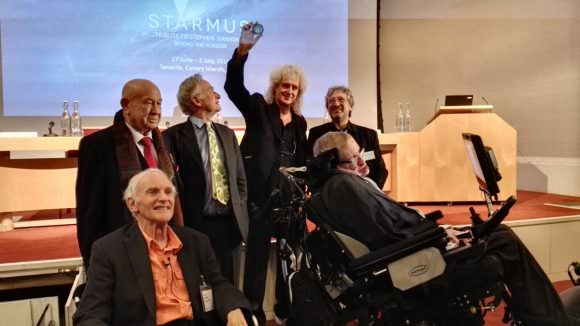
Naturally, it is hoped that the creation of this 3D map will confirm current cosmological theories, which include the current age of the Universe and whether or not the Standard Model of cosmology – aka. the Lambda Cold Dark Matter (CDM) model – is in fact the correct one. As Hawking is surely hoping, this could bring us one step closer to a Theory of Everything!
Further Reading: Cambridge News


